Krista Hupman
Individual common dolphin identification via metric embedding learning
Jan 09, 2019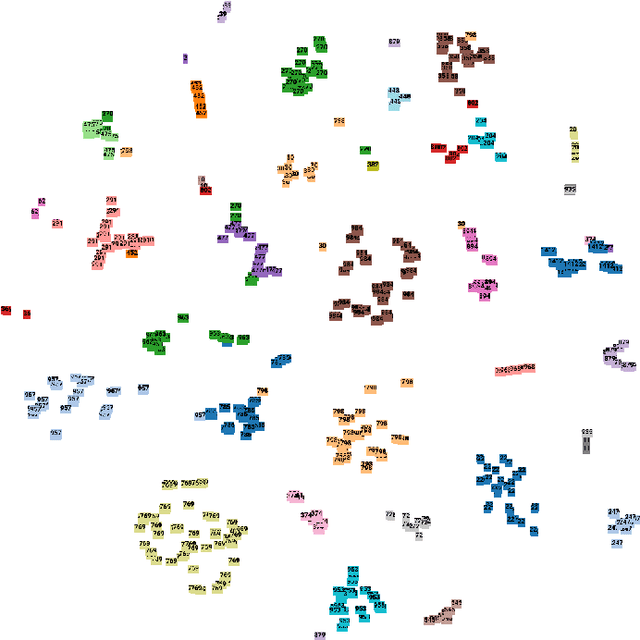
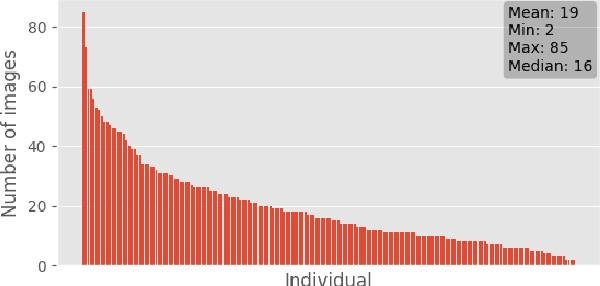
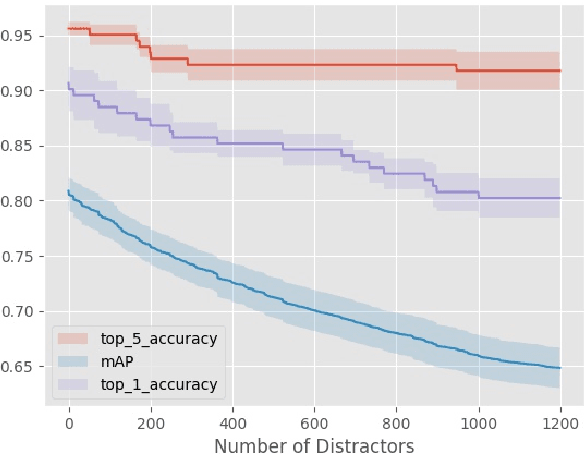
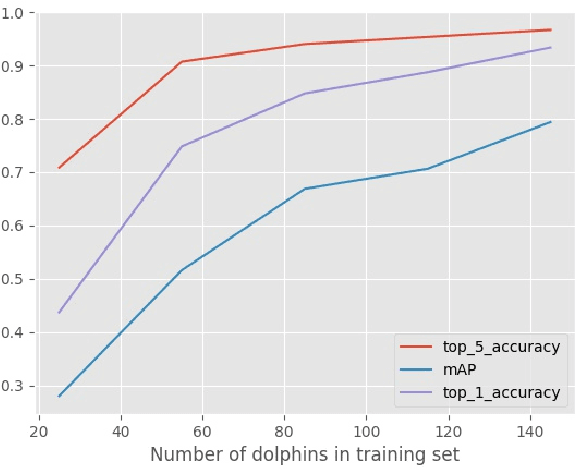
Abstract:Photo-identification (photo-id) of dolphin individuals is a commonly used technique in ecological sciences to monitor state and health of individuals, as well as to study the social structure and distribution of a population. Traditional photo-id involves a laborious manual process of matching each dolphin fin photograph captured in the field to a catalogue of known individuals. We examine this problem in the context of open-set recognition and utilise a triplet loss function to learn a compact representation of fin images in a Euclidean embedding, where the Euclidean distance metric represents fin similarity. We show that this compact representation can be successfully learnt from a fairly small (in deep learning context) training set and still generalise well to out-of-sample identities (completely new dolphin individuals), with top-1 and top-5 test set (37 individuals) accuracy of $90.5\pm2$ and $93.6\pm1$ percent. In the presence of 1200 distractors, top-1 accuracy dropped by $12\%$; however, top-5 accuracy saw only a $2.8\%$ drop
Integral Curvature Representation and Matching Algorithms for Identification of Dolphins and Whales
Aug 25, 2017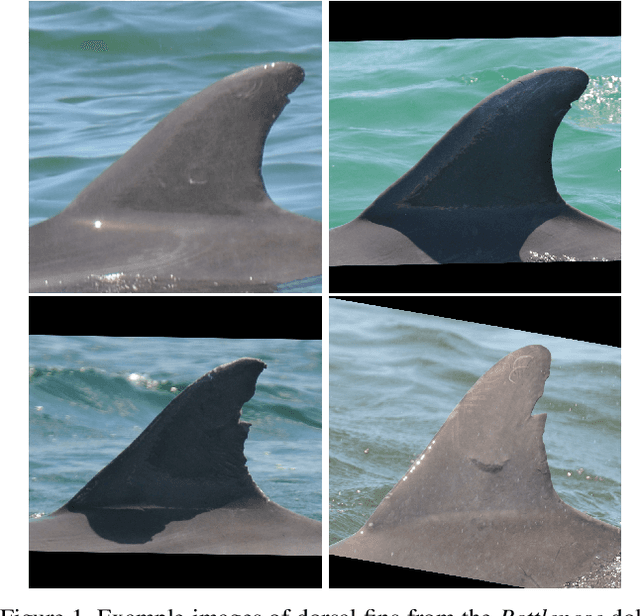
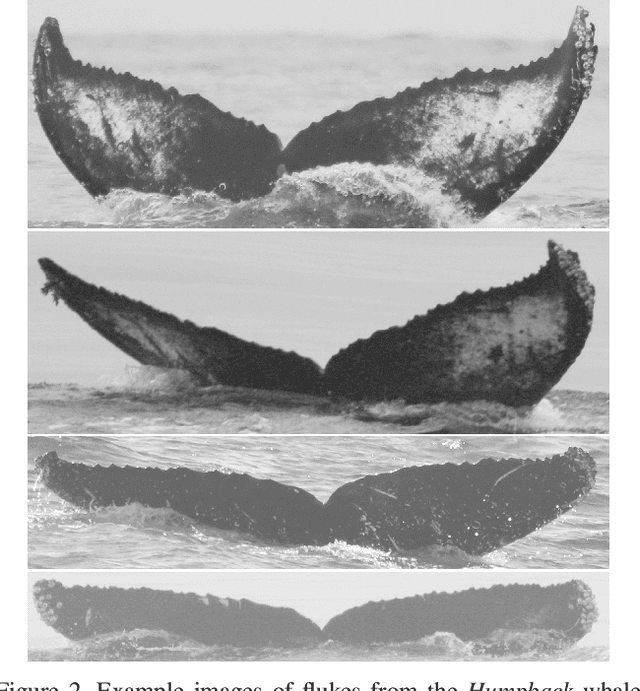
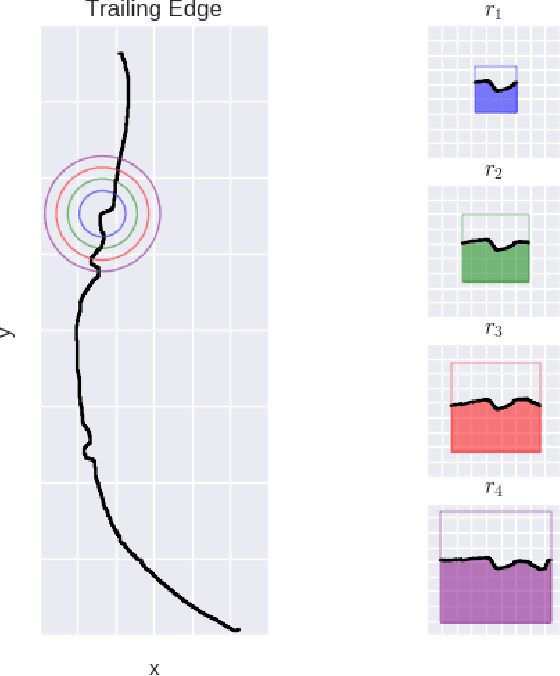
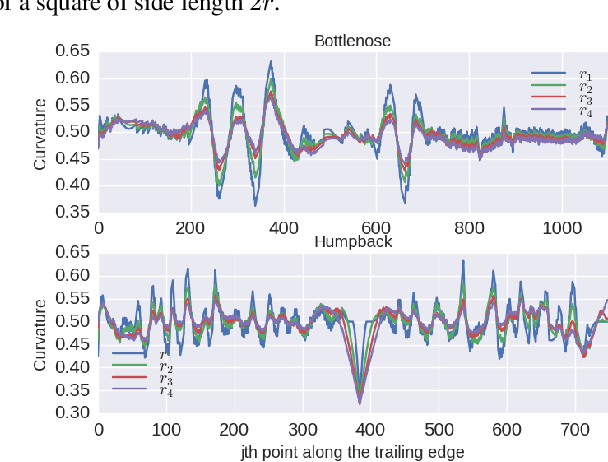
Abstract:We address the problem of identifying individual cetaceans from images showing the trailing edge of their fins. Given the trailing edge from an unknown individual, we produce a ranking of known individuals from a database. The nicks and notches along the trailing edge define an individual's unique signature. We define a representation based on integral curvature that is robust to changes in viewpoint and pose, and captures the pattern of nicks and notches in a local neighborhood at multiple scales. We explore two ranking methods that use this representation. The first uses a dynamic programming time-warping algorithm to align two representations, and interprets the alignment cost as a measure of similarity. This algorithm also exploits learned spatial weights to downweight matches from regions of unstable curvature. The second interprets the representation as a feature descriptor. Feature keypoints are defined at the local extrema of the representation. Descriptors for the set of known individuals are stored in a tree structure, which allows us to perform queries given the descriptors from an unknown trailing edge. We evaluate the top-k accuracy on two real-world datasets to demonstrate the effectiveness of the curvature representation, achieving top-1 accuracy scores of approximately 95% and 80% for bottlenose dolphins and humpback whales, respectively.
 Add to Chrome
Add to Chrome Add to Firefox
Add to Firefox Add to Edge
Add to Edge